detail profile walter schmidinger
Peran Yang Di Mainkan Walter Schmidinger
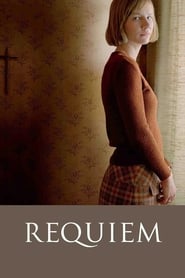 Michaela an epileptic enrolls in college...
Michaela an epileptic enrolls in college...Requiem 2006
Michaela, an epileptic, enrolls in college to study education. She goes off her medication and soon begins hearing voices and seeing apparitions that tell her to avoid religious objects, although she is devoutly Roman Catholic. One priest scoffs at the idea that Michaela could be possessed by demons, but a younger pastor arranges an exorcism for the young woman.
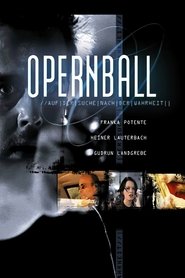 The Vienna State Opera on Thursday...
The Vienna State Opera on Thursday...Opera ball 1998
The Vienna State Opera on Thursday before the Carnival. As every year the large ball rather is attended by celebrities from politics and the media. Just the arrival of newcomers is finished and the Polonaise faded as it is in the best tradition: "Alles Walzer". transferred with 20 cameras live throughout the world. Television journalist Fraser (Heiner Lauterbach) views the event from the control room, outside in the hall leads his son has one of the cameras. Suddenly all hell breaks loose: poison gas flows from hidden containers, hundreds of guests die in agony, millions of horrified spectators experience it on the TV screen...
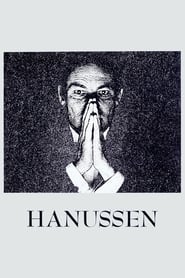 A mans story parallels Hitlers rise...
A mans story parallels Hitlers rise...Hanussen 1988
A man's story parallels Hitler's rise. Austrian Klaus Schneider, wounded in World War I, recovers in the care of Dr. Emil Bettleheim. Bettleheim discovers that Schneider possesses powers of empathy and of clairvoyance, such that could aid suicidal patients. After the war, with one friend as his manager and another as his lover, Schneider changes his name to Eric Jan Hanussen and goes to Berlin, as a hypnotist and clairvoyant performing in halls and theaters. He always speaks the truth, which brings him to the attention of powerful Nazis. He predicts their rise (good propaganda for them) and their violence (not so good). He's in pain and at risk. What is Hanussen's future?
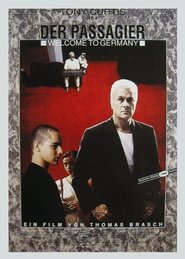 An American filmmaker travels to modern...
An American filmmaker travels to modern...The Passenger – Welcome to Germany 1988
An American filmmaker travels to modern day Berlin to make a film based on a real-life incident from 1942 in which 13 Jewish prisoners from a concentration camp were promised freedom if they appeared in a German propaganda film. Unfortunately, the Germans lied. The psychological process undergone by the modern filmmaker while shooting the story provides the basis of this arty and challenging film.
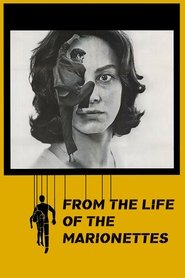 Peter and Katarina are at a...
Peter and Katarina are at a...From the Life of the Marionettes 1980
Peter and Katarina are at a marital crossroads, but, when he brutally kills a burlesque dancer, their domestic squabbles are rendered trivial by comparison. In the wake of the crime, the film backtracks, painting a portrait of the fraught union between Peter and Katarina. When does a marriage go bad? What causes a member of the German bourgeoisie to murder an innocent woman?
 Based on a popular 1931 play the...
Based on a popular 1931 play the...Tales from the Vienna Woods 1979
Based on a popular 1931 play, the film tells the fate of a naive young woman named Marianne, who breaks off her reluctant engagement with Oskar the butcher after falling in love with a fop named Alfred who, however, has no serious interest in returning her love. For this error, she must pay bitterly.
 Berlin 1923 Following the suicide of his...
Berlin 1923 Following the suicide of his...The Serpent's Egg 1977
Berlin, 1923. Following the suicide of his brother, American circus acrobat Abel Rosenberg attempts to survive while facing unemployment, depression, alcoholism and the social decay of Germany during the Weimar Republic.
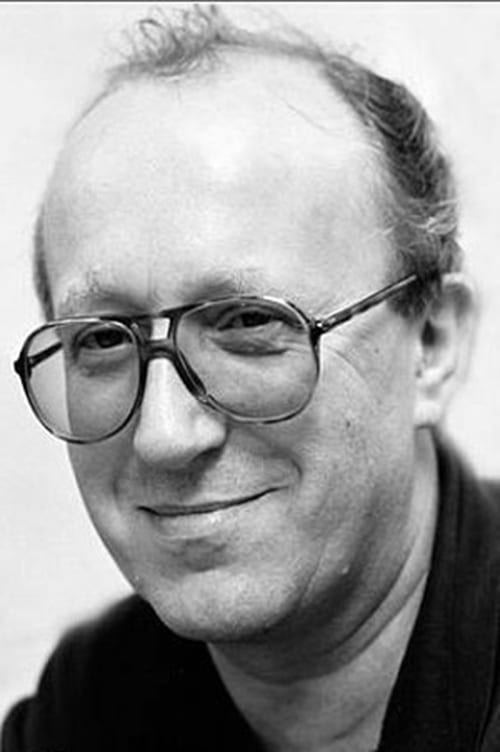


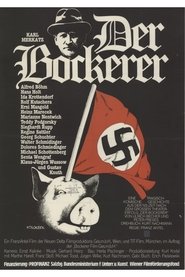 A politically naive Viennese butcher Bockerer...
A politically naive Viennese butcher Bockerer... A historical drama about the revolution...
A historical drama about the revolution... Elisabeth a fifty year old woman...
Elisabeth a fifty year old woman... After World War II an aging...
After World War II an aging...